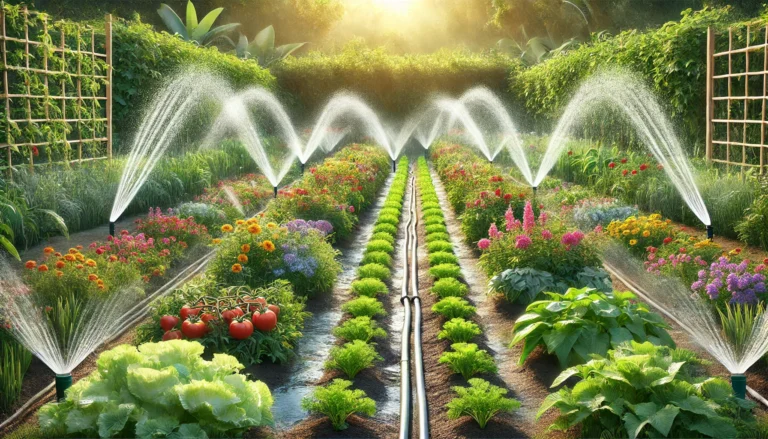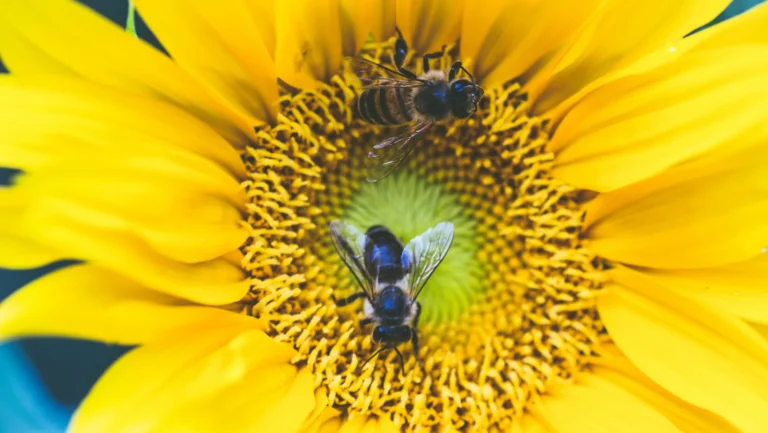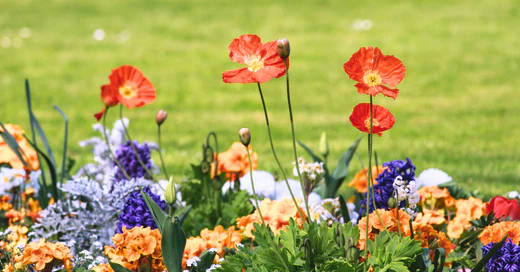Creating a permaculture and regenerative garden: A Guide to a sustainable ecosystem at home
Discover how to transform your garden into a self-sustaining ecosystem with permaculture Whether you have a large space or a small balcony, permaculture practices can help you enrich biodiversity and reduce your environmental impact.
What is permaculture and regenerative gardening?
Permaculture is an ecological gardening concept that creates self-sustaining ecosystems, cultivating without chemicals. Developed by Bill Mollison and David Holmgren, it involves designing spaces that harness natural interactions—between aromatic plants, fruit trees, and even insects. In essence, it’s about imitating nature’s processes to create healthier ecosystems. By adding organic matter, creating raised beds, and fostering beneficial microorganisms, permaculture enables a balanced ecosystem, making it a rewarding choice for both the environment and the gardener.
Principles of organic permaculture
Permaculture focuses on a sustainable, systemic approach to gardening. Beginners should understand these key strategies:
- Observation and Design: Observe your surroundings to understand the needs of your plants.
- Use Natural Resources: Collect rainwater, utilize sunlight, and compost.
- Diversity and Resilience: Mixed plantings prevent weed overgrowth and build a healthy ecosystem.
- Regenerative Cycles: Using organic materials like leaves and mulch helps enrich soil and creates self-sustaining growth cycles.
How to start a permaculture garden at home
- Choose and Prepare Your Site: Map sun exposure, assess soil composition.
- Plan Cultivation Zones: Create areas for daily-maintenance plants (Zone 1), shrubs (Zone 2), etc.
- Create Self-Sufficient Systems: Set up water basins, mulching, and composting.
- Avoid Over-Tilling to Protect Soil Health.
Regenerative gardening techniques to enhance soil and biodiversity
Rooted in agroecology, regenerative gardening enriches soil and supports biodiversity. Incorporate companion planting with herbs like basil or mint to protect vegetables, and use cover crops and green manures (such as clover) to fix nitrogen. Integrate native plants for a balanced local ecosystem, and manage pests naturally by encouraging beneficial insects and using eco-friendly solutions like nettle purin or black soap.
Efficient water use and sustainable irrigation
- Drip Irrigation: Saves water by delivering moisture directly to plant roots.
- Rainwater Collection: Collect rain in barrels to reduce water waste.
- Mulching: Mulch helps retain moisture and enriches the soil.
Compost: Creating rich, living soil
Composting is key to sustainable gardening. Combine “browns” (carbon-rich materials like dry leaves) and “greens” (nitrogen-rich scraps like vegetable peels) in a 2:1 ratio. Avoid odors by balancing materials, turning compost regularly, and avoiding meat or dairy.
Examples of small-scale permaculture design
Even in a small space, permaculture is possible. Use pots and containers for herbs and small vegetables, maximize space with vertical gardens, and use compact compost solutions like vermicomposting to recycle waste.
Long-term benefits of regenerative gardening
- Boosts Biodiversity: Permaculture gardens attract pollinators, beneficial insects, and birds.
- Improves Soil and Air Quality: Composting enriches soil and reduces air pollution.
- Reduces Maintenance and Costs: Less need for watering, fertilizers, and pesticides.
- Environmentally Friendly: Reduces carbon footprint and produces local, sustainable resources.
Practical tips for starting today
Small steps make a big difference. Begin with a mini compost bin or plant flowers to attract pollinators. Observe your garden to understand sunlight and watering needs, grouping plants accordingly. Take it step-by-step—each small action helps create a self-sustaining garden.
By embracing permaculture principles, you’ll create a thriving, eco-friendly garden. With benefits to biodiversity, soil health, and reduced carbon footprint, this approach rewards both the environment and the gardener. Start with a few practices from this guide, and let permaculture inspire you. Whether you’re gardening on a balcony or in a backyard, every effort counts in building a self-sustaining ecosystem.




Leave a comment